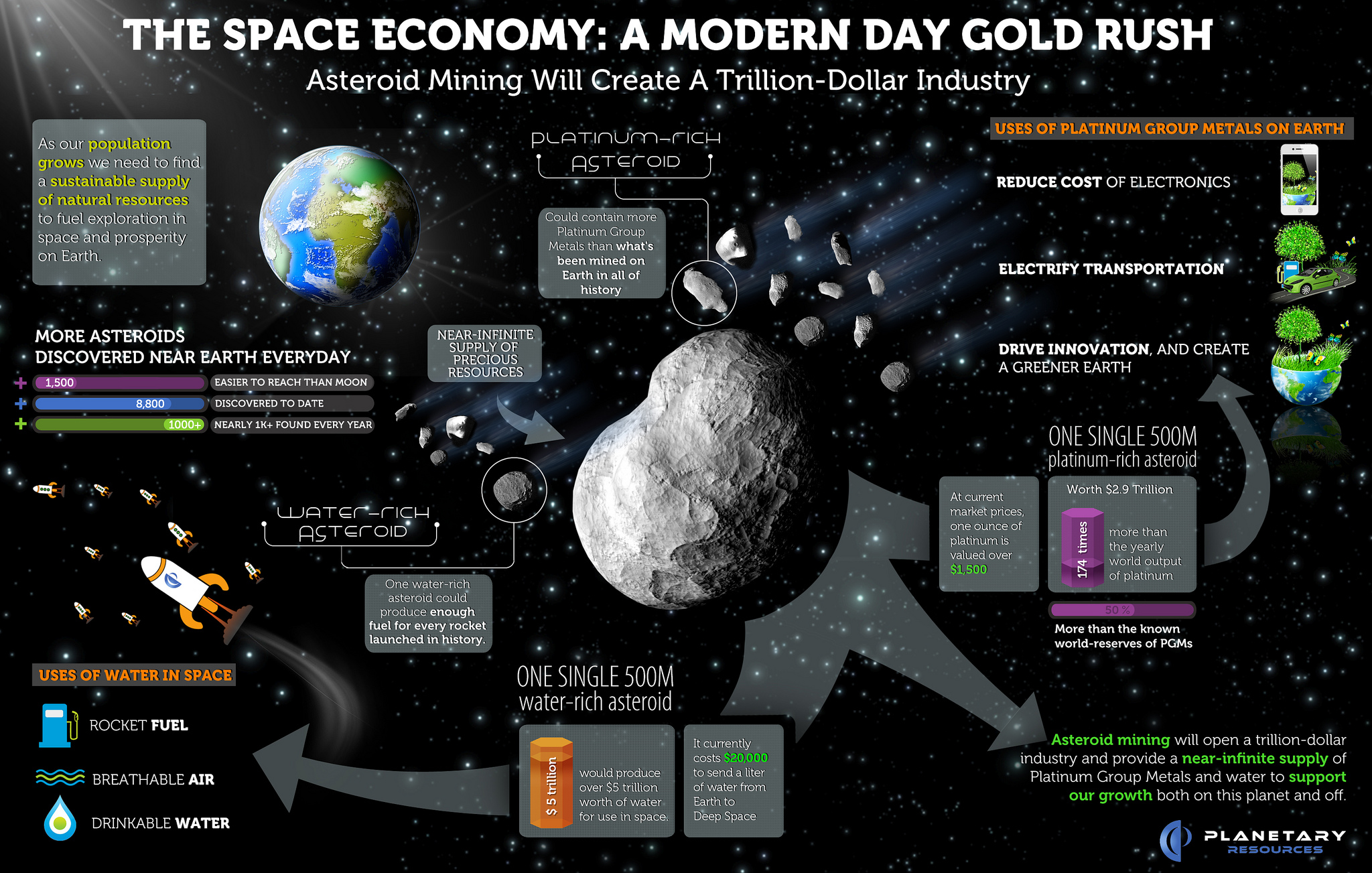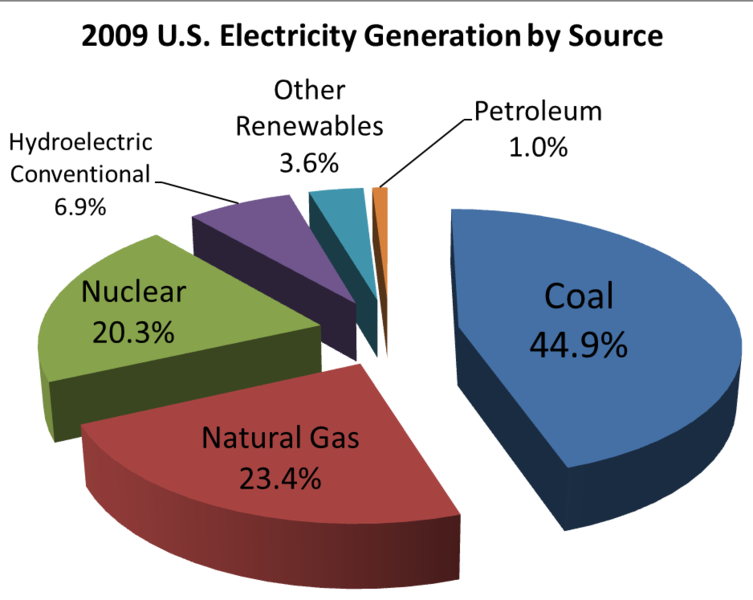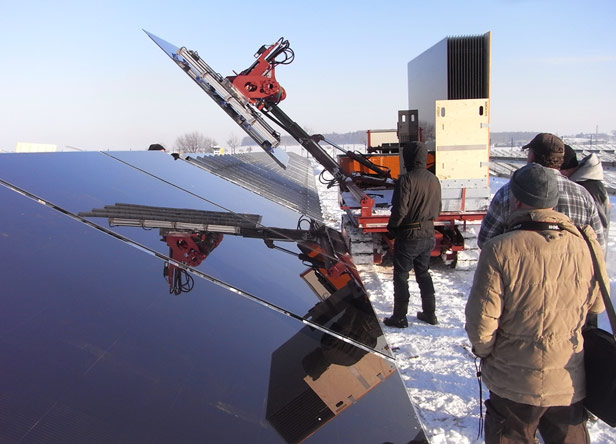 |
| The ever-bright burning sun -- Image Credit: people.bath.ac.uk |
The sun uses a process called nuclear fusion. This is much different than the nuclear fission that our regular nuclear power plants use today. The problem with fission is that you have to take a very rare element (uranium), and break it down in a very controlled manner to release its energy. Not only does it substantially cost us to process the uranium, but it also leaves behind landfills of radioactive material.
Nuclear fusion on the other hand is the opposite. It starts with special types of hydrogen (called tritium and deuterium) and fuses them together to make heavier elements while producing energy. The good news is that it produces far less radioactive material. And the better news? We have oceans filled with the hydrogen needed for fusion!
 |
| Process of Nuclear Fusion -- Image Credit: Universetoday.com |
So why haven't we done this already? The difficulty is balance. The sun has an immense amount of gravity that causes its inside to be uniformly compressed at very high temperatures. To recreate this on Earth, we instead use magnetic fields to compress the hydrogen. The problem is uniformity.
While gravity only attracts in one direction, magnetic fields have two, the north and south pole. This means that we have to completely redesign our reactor here to get the same fusion that goes on in the sun. One of the most popular designs is the tokamak.
We are making substantial progress towards realizing this goal. With coupled projects like DEMO and ITER, we could see commercially viable fusion plants by 2050. Imagine an fossil fuel-free world that relies on our own oceans for electricity!
-----------
I want to thank you for your comments and feedback for this blog. Unfortunately, I am discontinuing writing new posts on it. There is a small chance I may return to it in the future. Nevertheless, I have thoroughly enjoyed your engaging responses and I thank you for your time!
 |
| ITER diagram mapping out how the fusion power plant will be developed -- Image credit: www.acsu.buffalo.edu |
We are making substantial progress towards realizing this goal. With coupled projects like DEMO and ITER, we could see commercially viable fusion plants by 2050. Imagine an fossil fuel-free world that relies on our own oceans for electricity!
-----------
I want to thank you for your comments and feedback for this blog. Unfortunately, I am discontinuing writing new posts on it. There is a small chance I may return to it in the future. Nevertheless, I have thoroughly enjoyed your engaging responses and I thank you for your time!
© Nicholas Shah and Learning More Than Living, 2013. Please note that the material included this was not written by a licensed medical professional. Therefore, please consult your physician before trying anything suggested in this article. Please note that there were several images in this article. The first as from people.bath.ac.uk. The second was from universetoday.com. The third was from www.acsu.buffalo.edu. This blog does not claim ownership of these images. Nicholas Shah does not claim ownership to the ideas put forth here. However, he does claim ownership to the writing and authorship of the learningmorethanliving blog. Unauthorized use and/or duplication of this material without express and written permission from this blog’s author and/or owner is strictly prohibited. Excerpts and links may be used, provided that full and clear credit is given to Nicholas Shah and Learning More Than Living with appropriate and specific direction to the original content. Thank You.












